Philippe Starck on the future of superyacht design, Elon Musk, and ‘saving the sea’
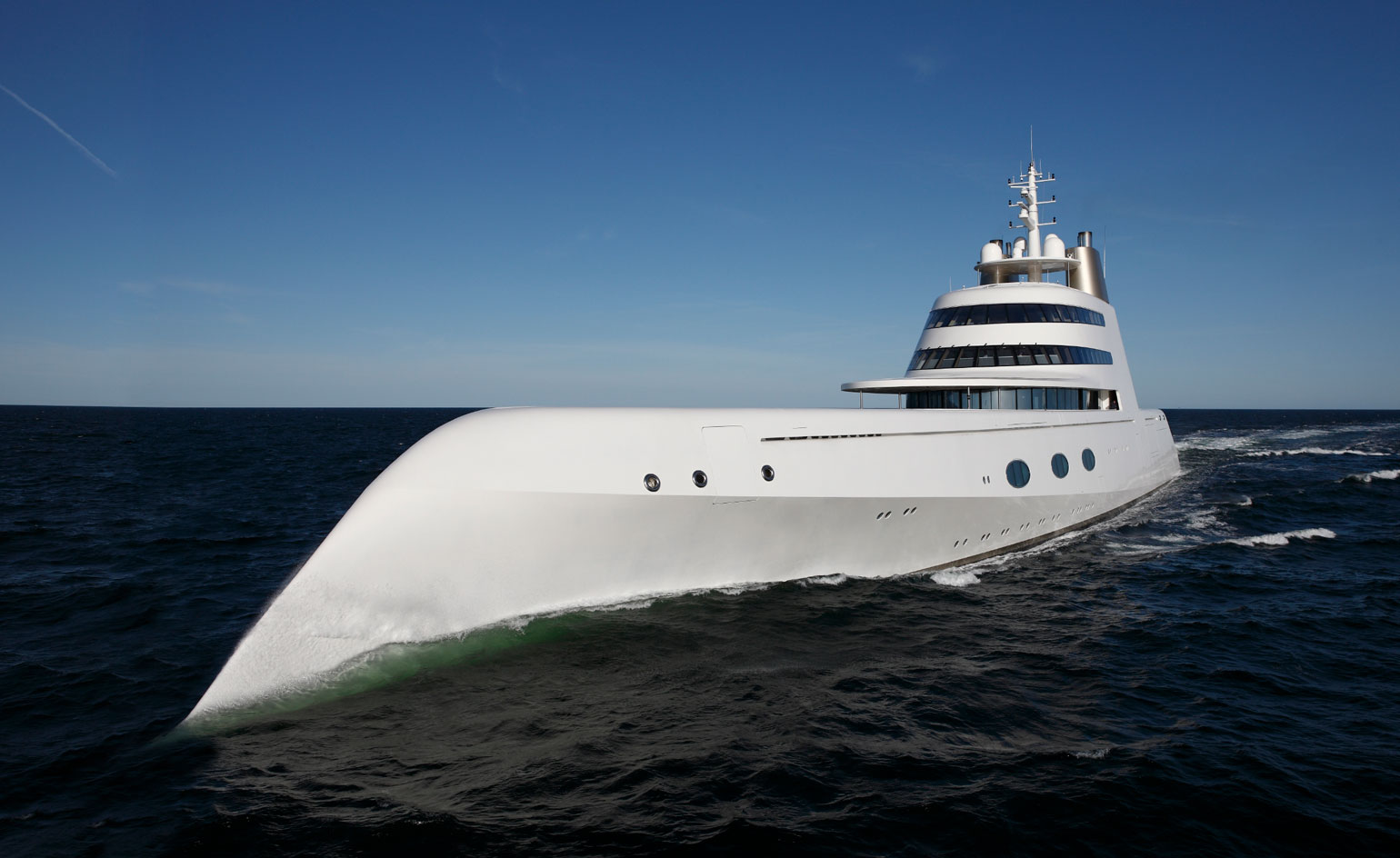
Few designers have done more to re-shape the identity of the modern superyacht than the Frenchman Philippe Starck. Over the course of two decades, naval architecture and design has formed a considerable – if largely unseen – chunk of Starck’s consultancy work. His best-known boat was the late Steve Jobs’ impressive Venus, a sleek 79m superyacht built by Dutch yard Feadship.
Starck has also turned his hand to two monumental commissions, the 119m Motor Yacht A and 143m Sailing Yacht A, both owned by the self-made entrepreneur and industrialist Andrey Melnichenko. At this end of the market, clients rarely invite the world’s media into their grand saloons, so much of what we know about these boats comes from spy shots, yachting enthusiasts, rampant speculation and the occasional glittering spread in the specialist press.
A keen yachtsman and boat-builder himself, the designer likes to explore new techniques and technologies on a small scale before ramping up to meet the demands of his clients. Wallpaper* spoke to Starck about the business of building boats, what drew him to the industry in the first place and what keeps his ideas afloat.

Portrait of Philippe Starck. Photography: James Bort
W*: How did your first naval project come about?
Philippe Starck: One day, a gentleman called me to ask if I could design a 120m yacht. My answer was yes. He said: ‘perfect’. When I asked him about the programme, he said: ‘Make what you want’. One month later, it was designed. He loved it. We did it. The owners are happy.
W: What are the key differences between designing yachts and designing buildings?
PS: Except for monuments, buildings have functions, they are useful, we hope at least. A yacht is not made to be useful, it is the ‘crystallisation’ of a childhood dream. The territory is not the same; it is a sentimental imagination built with the highest rigorist technology. It is a paradox.
W*: What yachting innovations are you most proud of at Starck design?
PS: My first job was to replace the vulgarity of the power of money by the elegance of intelligence and happiness. Afterwards, there was an interesting work about harmony with the sea, then I worked on the elegance of the religious minimum of invisibility and other high-tech inventions.
W*: What is next in the future of yachts? Can you speak about any upcoming projects?
PS: The future is electric and hydrogen for all sizes of boats, from 3m to 300m. I am ready to help Elon Musk to make the same revolution he made for cars but applied to boats. After saving the earth, now it’s time to save the sea.
W: Does yacht design ever bring innovations that you can translate into products or buildings?
PS: Absolutely and that’s also the reason why I design boats. A mega yacht is a free advanced technology laboratory which explores thousands of challenges. When they are won, they can be applied to everything.
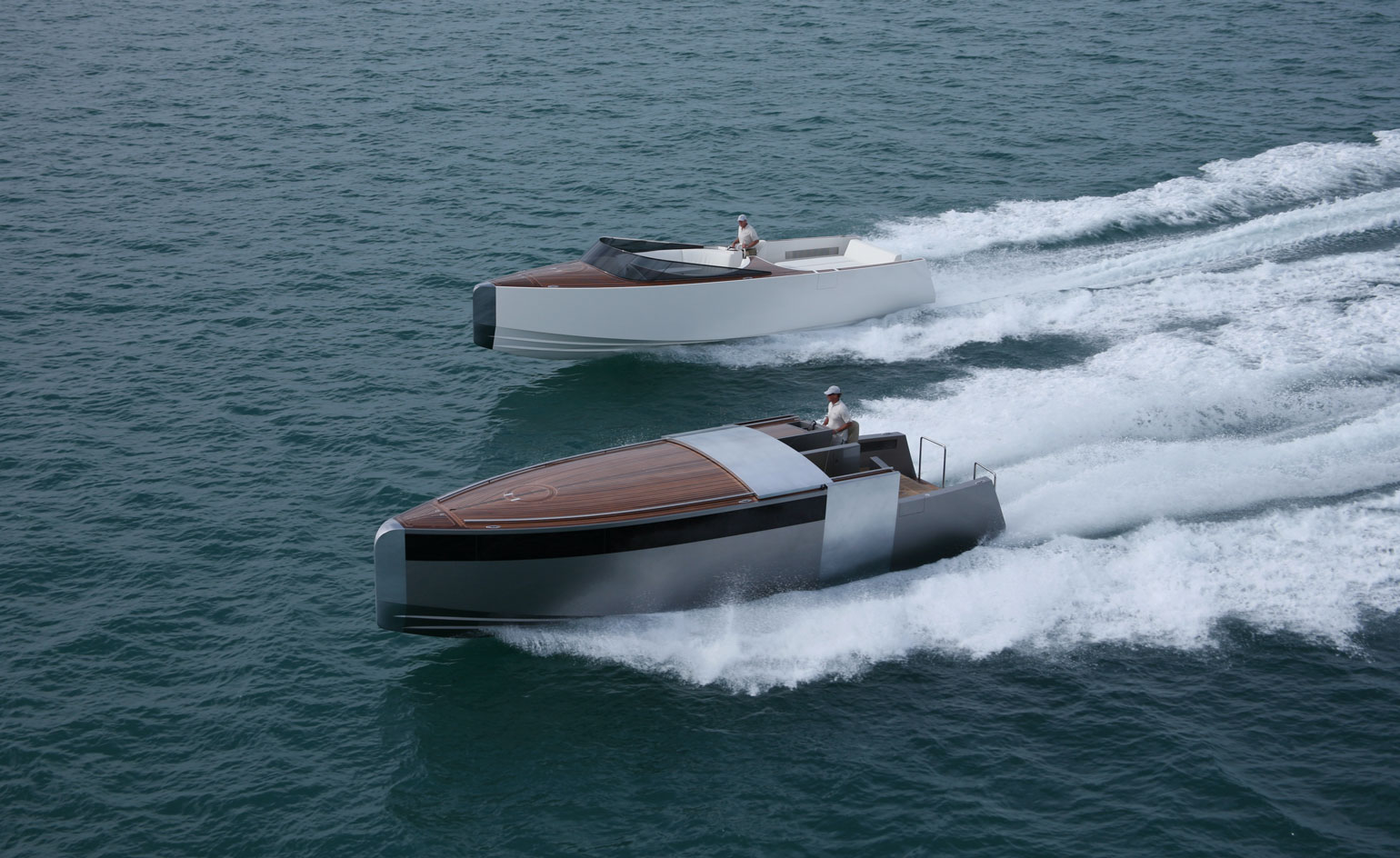
Tenders for‘ Motor Yacht A’, designed by Philippe Starck, 2008.
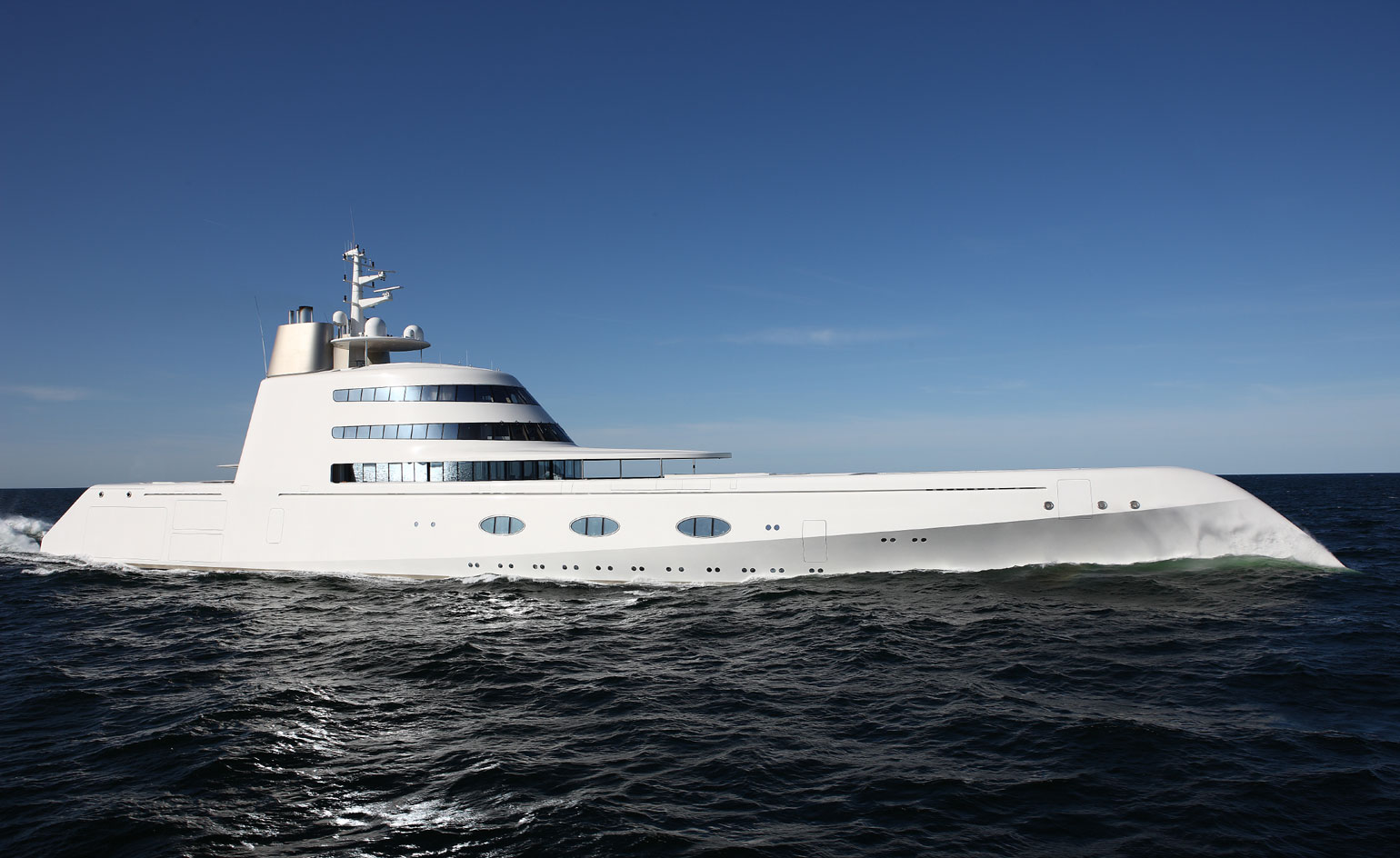
‘Motor Yacht A’, designed by Philippe Starck, 2008.
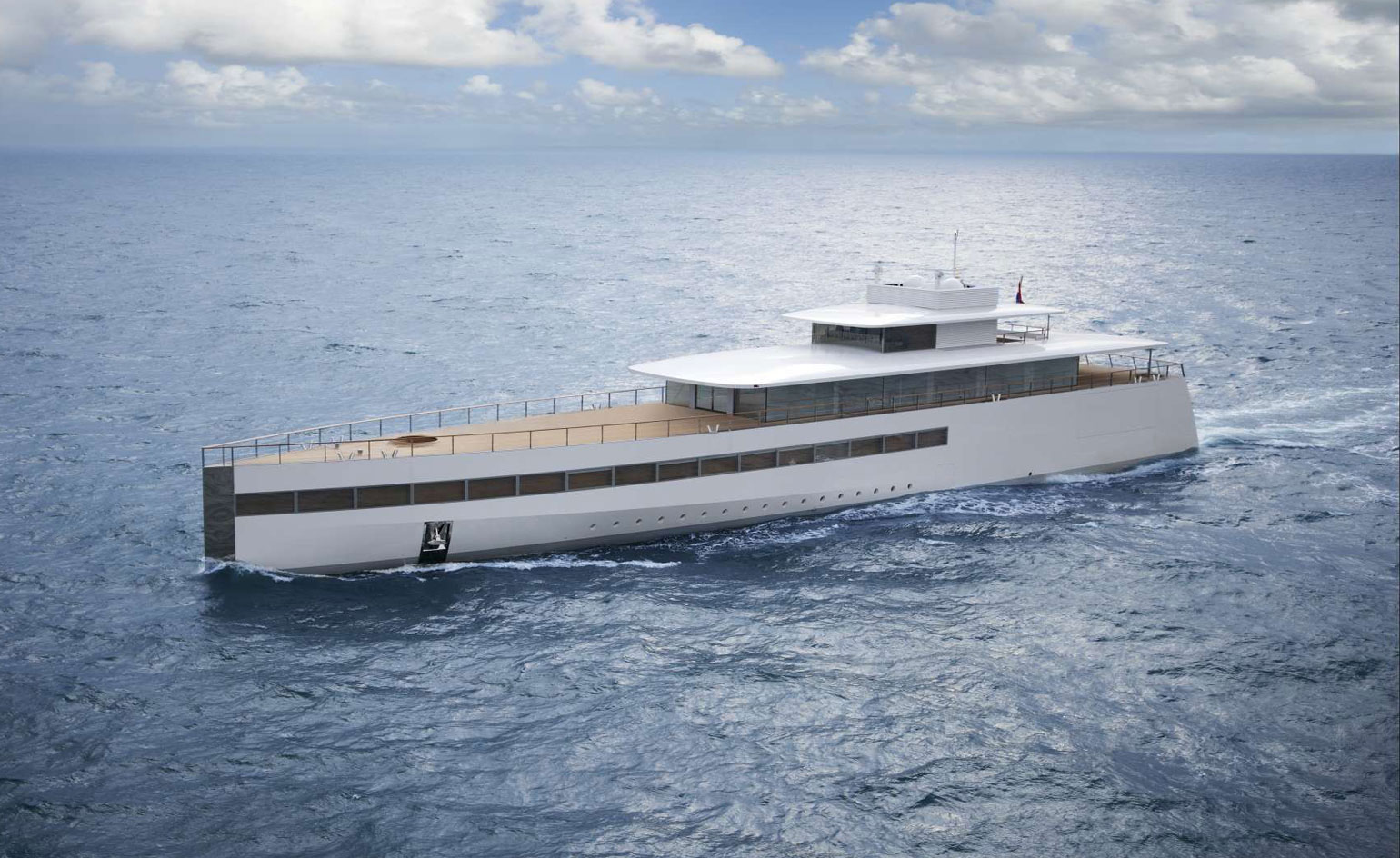
‘Venus’ Feadship, designed by Philippe Starck, for Steve Jobs, 2012
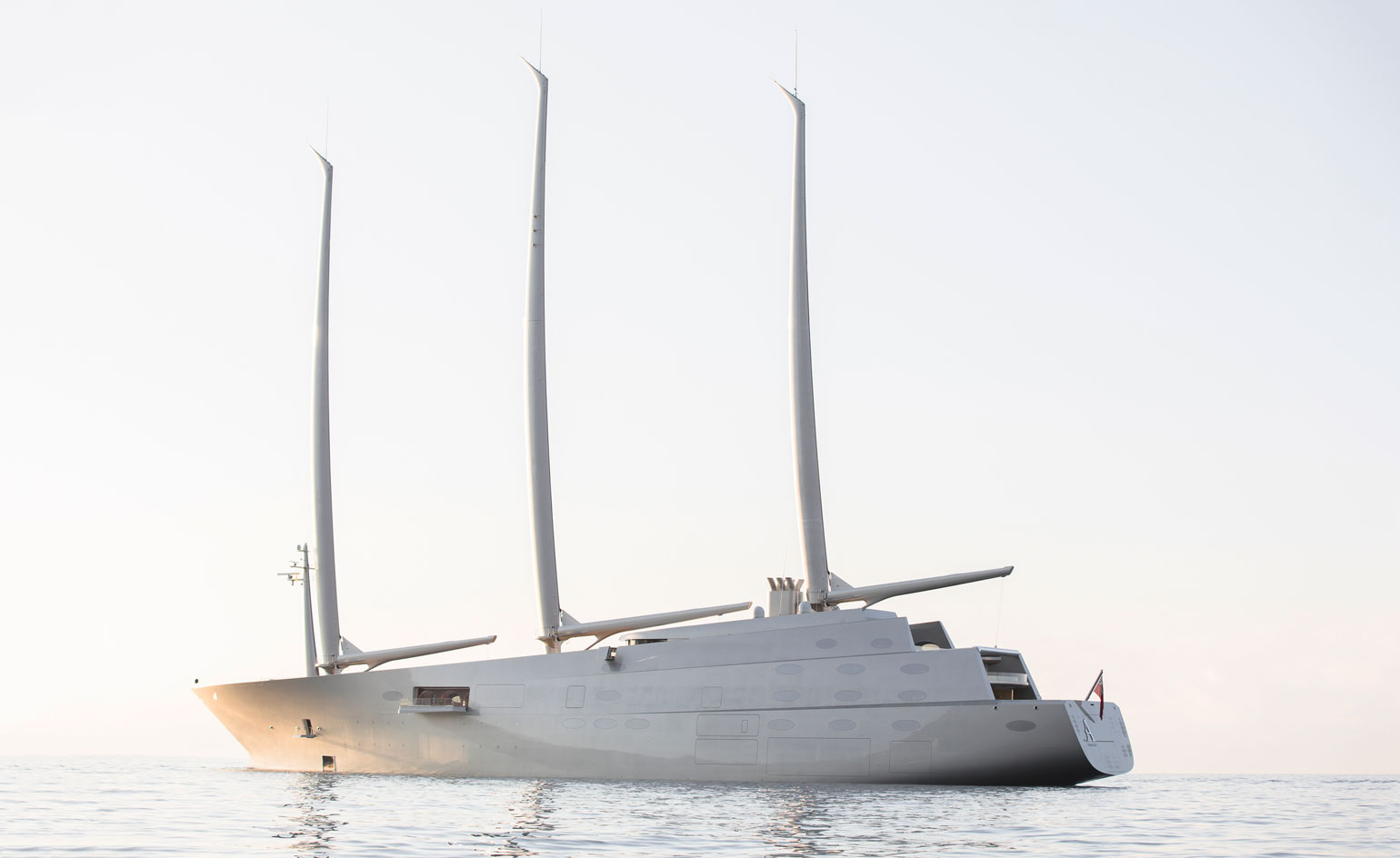
‘Sailing yacht A’, designed by Philippe Starck, for Andrey Melnichenko, 2015.
INFORMATION
For more information, visit the Philippe Starck website
Wallpaper* Newsletter
Receive our daily digest of inspiration, escapism and design stories from around the world direct to your inbox.
Jonathan Bell has written for Wallpaper* magazine since 1999, covering everything from architecture and transport design to books, tech and graphic design. He is now the magazine’s Transport and Technology Editor. Jonathan has written and edited 15 books, including Concept Car Design, 21st Century House, and The New Modern House. He is also the host of Wallpaper’s first podcast.
-
 Neko Health expands in London with a new Spitalfields site. We take a scan
Neko Health expands in London with a new Spitalfields site. We take a scanWhat’s it like to experience Neko Health’s ultra-high-tech health scanning system? Wallpaper* went under the laser lights to find out
By Jonathan Bell Published
-
 Everything you need to know about Italy's Lake Maggiore, according to Formafantasma
Everything you need to know about Italy's Lake Maggiore, according to FormafantasmaFrom baroque gardens to panoramic views, Andrea Trimarchi and Simone Farresin show us around this Italian escape
By Sofia de la Cruz Published
-
 In Milan, Rooms Studio examines Georgia’s shifting social landscape
In Milan, Rooms Studio examines Georgia’s shifting social landscapeExpandable tables that reference recent government protests and lamps held together with ‘chewing gum’ feature in the Tbilisi-based studio’s Milan Design Week 2025 installation
By Dan Howarth Published
-
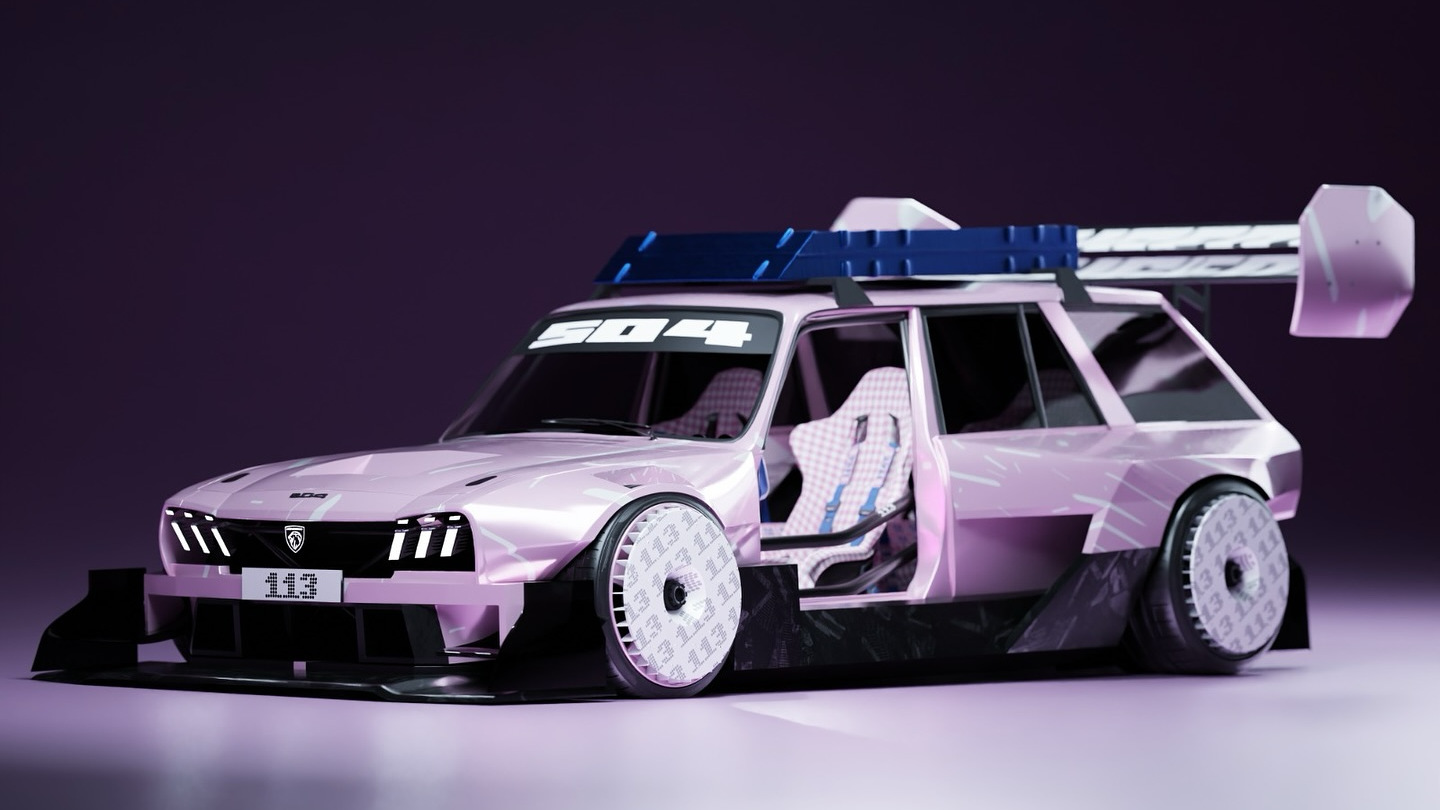 The 504 Pikes Peak is Peugeot Design Lab’s radical reinvention of the classic family wagon
The 504 Pikes Peak is Peugeot Design Lab’s radical reinvention of the classic family wagonPeugeot unveils a trio of concept cars that celebrate history, music and design, with in-car vinyl, carbon bodywork and outrageous performance
By Jonathan Bell Published
-
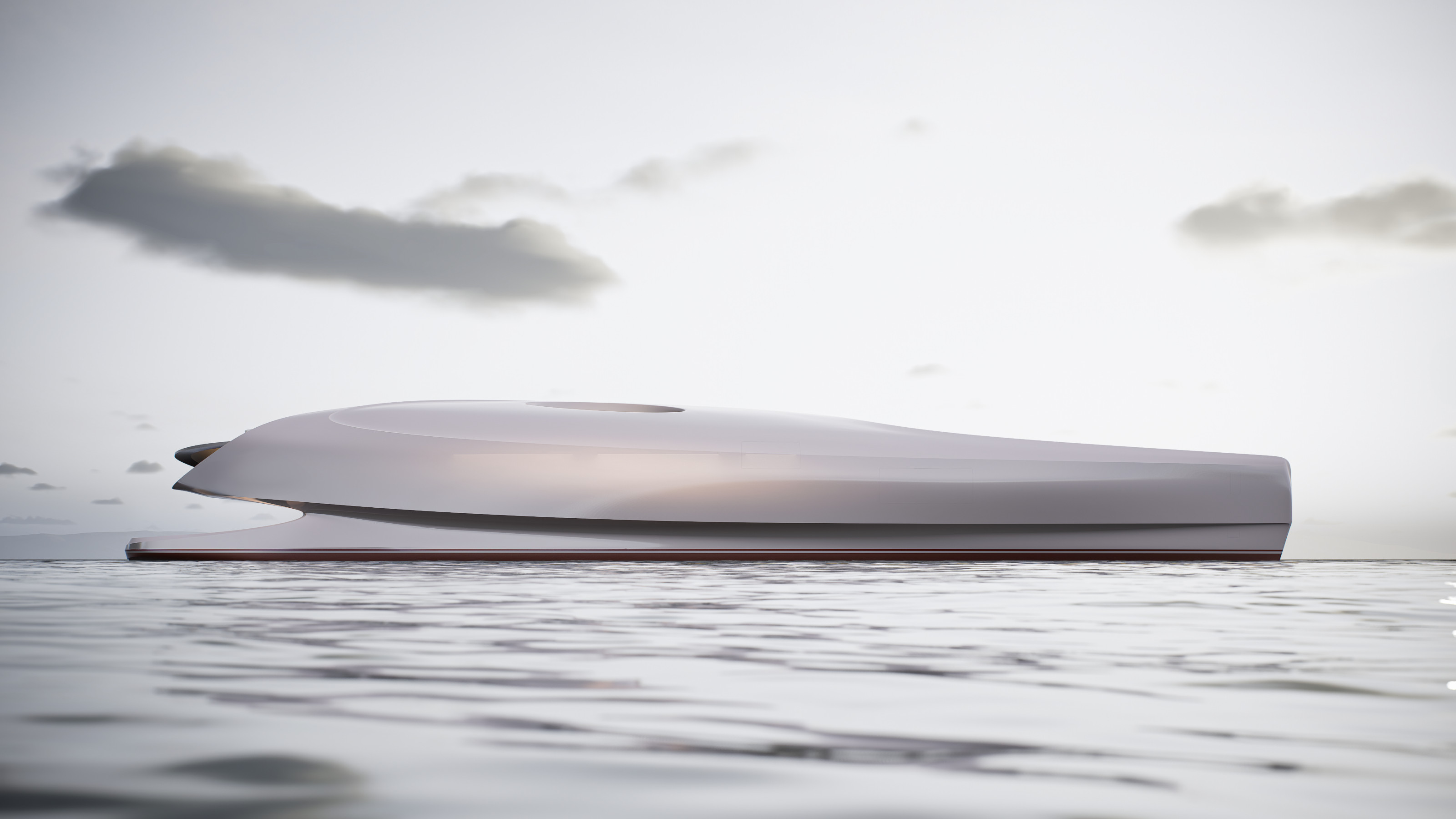 A new concept superyacht unfurls, courtesy of Vripack and Oceanco
A new concept superyacht unfurls, courtesy of Vripack and OceancoExplore Project Lily, a concept superyacht for a new generation of moneyed enthusiasts looking to push the envelope of nautical design
By Jonathan Bell Published
-
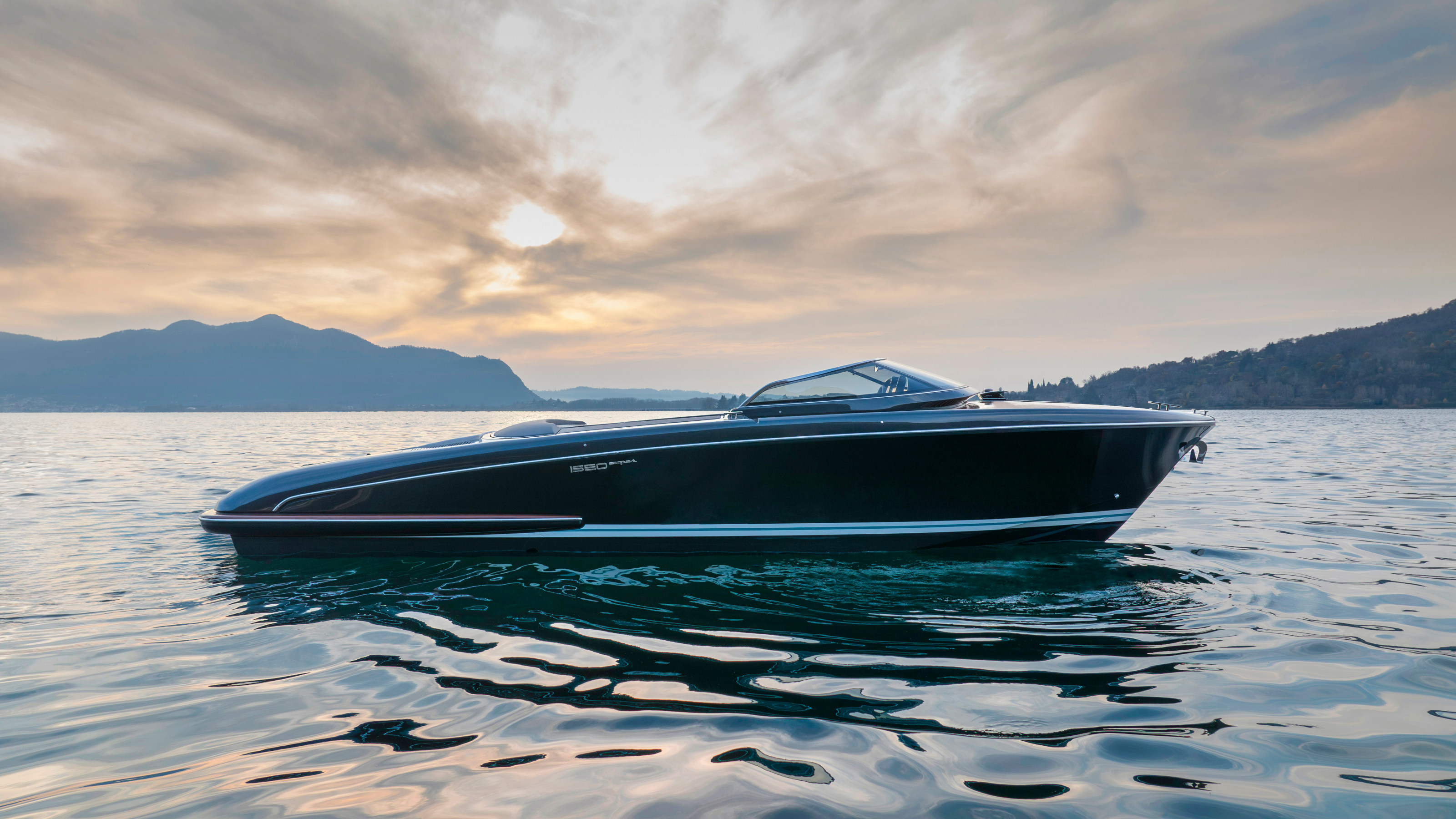 The new Riva Iseo Super continues the Italian manufacturer’s mastery of motorboat design
The new Riva Iseo Super continues the Italian manufacturer’s mastery of motorboat designA sleek 27-foot runabout, the Riva Iseo Super showcases the factors that make Riva synonymous with waterborne elegance and style
By Jonathan Bell Published
-
 New wave: 11 electric boats for a nautical New Year
New wave: 11 electric boats for a nautical New YearFrom cutting-edge electric hydrofoils to elegant speedboats, here are some of the newest innovations to take to the waves
By Jonathan Bell Published
-
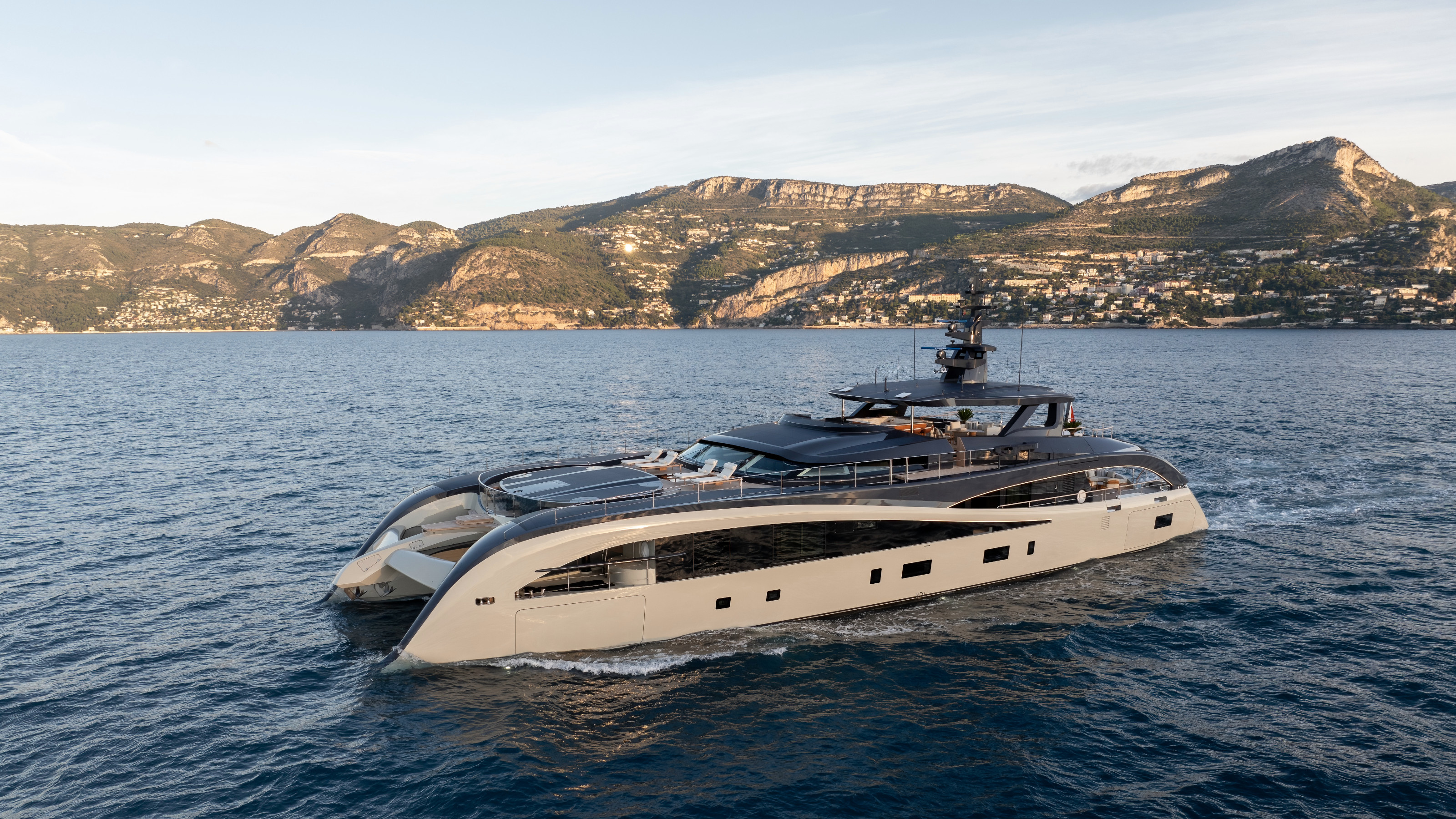 Seawolf X: an ocean-going interior by hotel specialist Meyer Davis brings Scandi style to a superyacht
Seawolf X: an ocean-going interior by hotel specialist Meyer Davis brings Scandi style to a superyachtSeawolf X is Rossinavi’s newly launched hybrid-electric catamaran, with interiors by New York design studio Meyer Davis
By Jonathan Bell Published
-
 Renault celebrates new R4 EV and electric mobility with TheArsenale and four French start-ups
Renault celebrates new R4 EV and electric mobility with TheArsenale and four French start-upsRenault's '4 Movements' accompanied the R4 E-Tech at the 2024 Paris Motor Show; the clutch of sleek machines will bring innovative electrification to air, sea and water
By Jonathan Bell Published
-
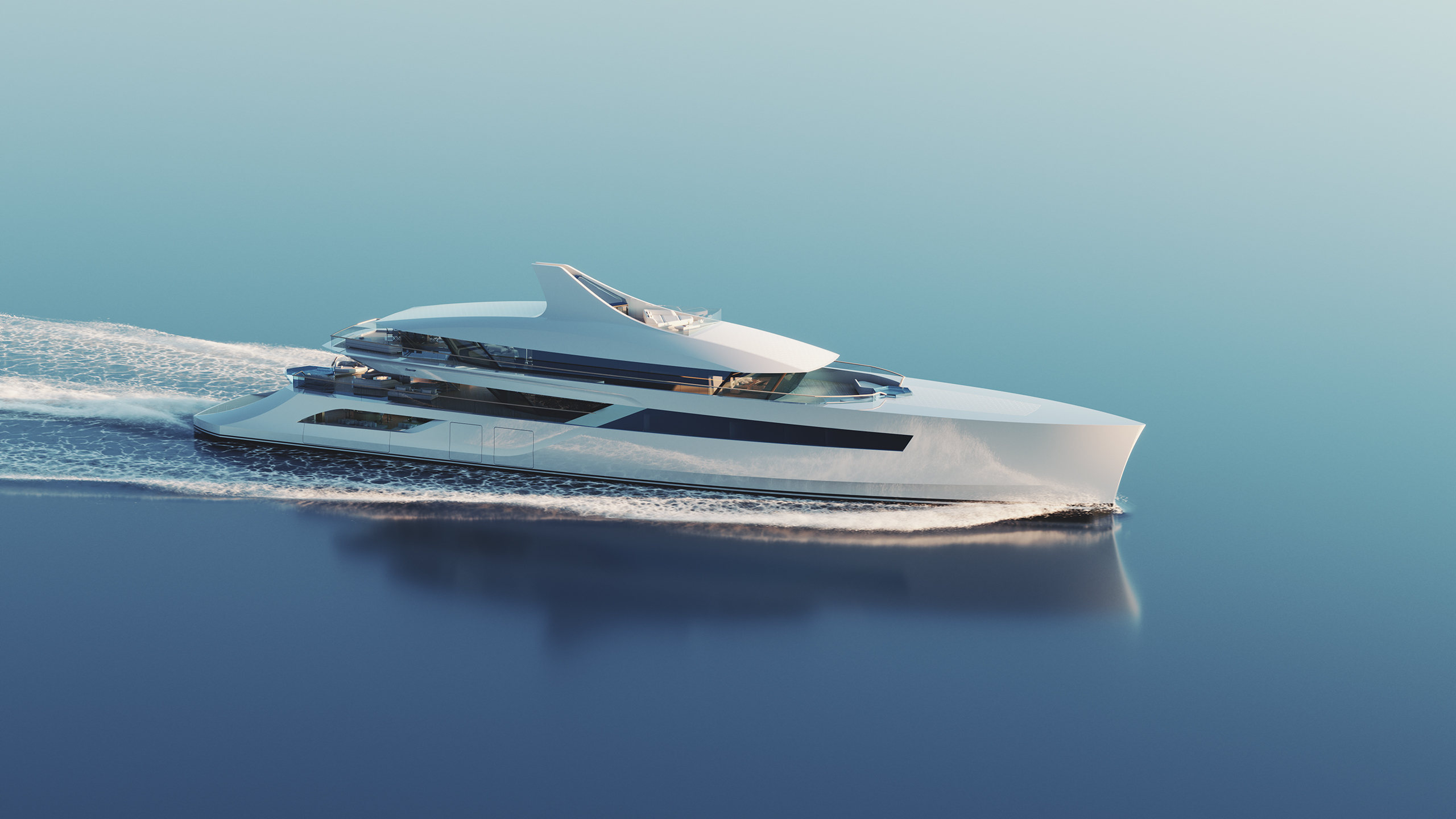 Feadship unveils the Concept C, a silent superyacht with all-electric propulsion
Feadship unveils the Concept C, a silent superyacht with all-electric propulsionInspired by diamonds and deep pockets, the Dutch shipbuilder revealed its annual concept design at the 2024 Monaco Yacht Show
By Jonathan Bell Published
-
 DAB Motors celebrates Olympic glory with five unique custom-designed electric motorbikes
DAB Motors celebrates Olympic glory with five unique custom-designed electric motorbikesThe French electric motorbike brand has created five sport-inspired editions as a way of marking Paris 2024 and the arrival of DAB Custom Studio
By Jonathan Bell Published